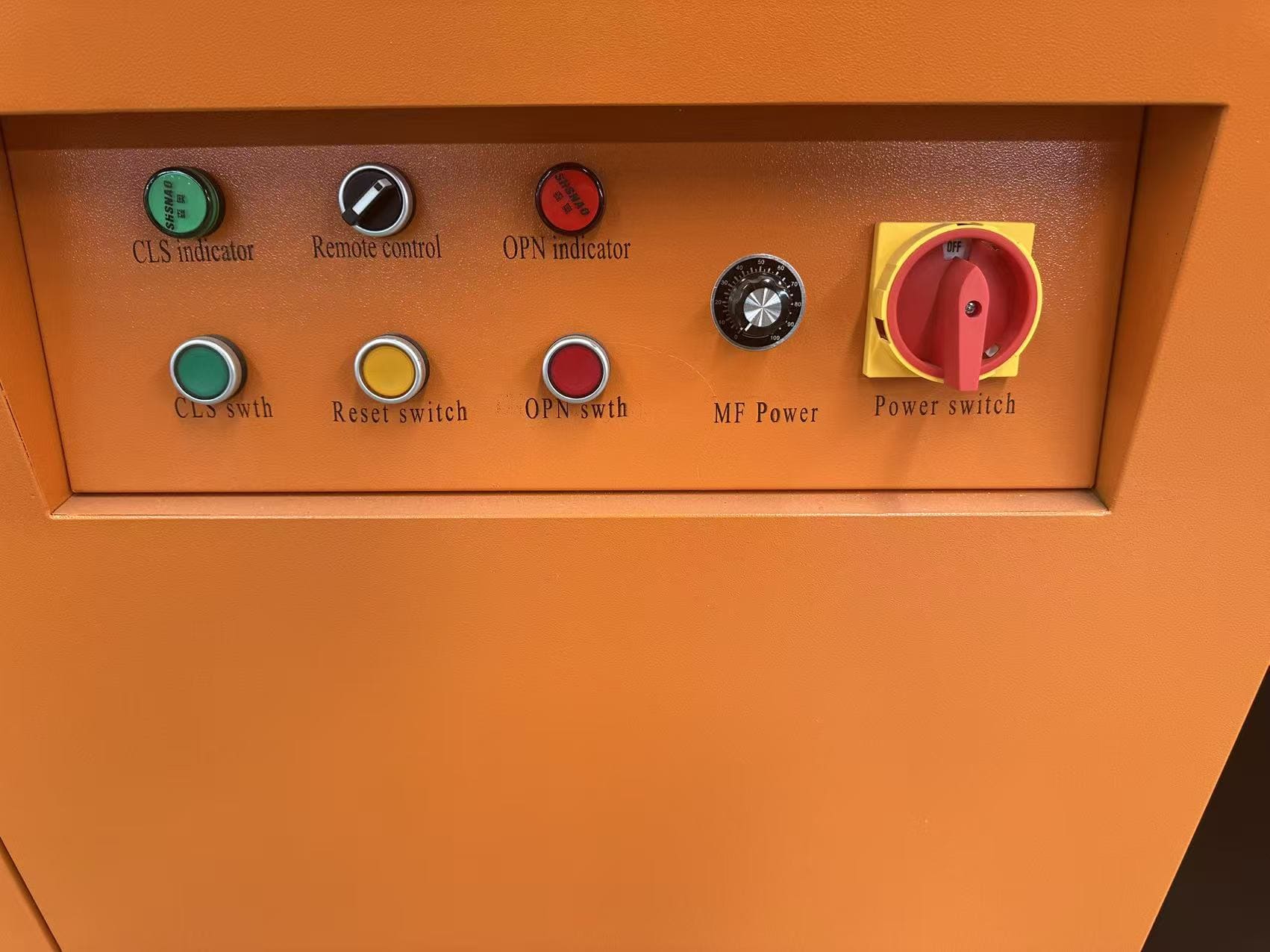Applications of induction heating
Main Types of Induction Heating and Their Application Trends
As an efficient, clean, and controllable heating method, induction heating has been widely used in various industries, including metallurgy, machinery, electronics, and new energy. Based on different process requirements and application scenarios, induction heating can be divided into four major types, each with its own unique heating characteristics and applicable scope.
1. Forging Through-Heat Heating
Forging through-heating is one of the most basic applications of induction heating. It is primarily targeted at workpieces with large volumes and long heating cycles, such as large forgings, die forgings, and annealing workpieces. This type of heating typically uses a lower frequency to ensure uniform heat penetration into the metal and achieve overall temperature consistency.

Applications: Heavy machinery manufacturing, shipbuilding parts, automotive engine crankshafts, and mold heat treatment.
Technical Advantages:
Uniform heating avoids excessive thermal stress in the material.
Controllable energy consumption makes it more efficient and environmentally friendly than traditional flame heating.
Suitable for large-scale, long-duration continuous operations.
2. Medium-Frequency and High-Frequency Surface Hardening Heating
Surface hardening is a major advantage of induction heating. Through medium-frequency or high-frequency heating, the workpiece’s surface heats up rapidly and then cools, forming a high-hardness hardened layer while the core retains its original toughness. This “hard outside, soft inside” structural characteristic significantly extends the service life of the component.
Applications: Gears, shafts, rollers, and railroad rails.
Technical Advantages:
Localized heating minimizes deformation.
Improves surface hardness and wear resistance, extending component life.
The depth of the hardened layer can be flexibly controlled by adjusting the frequency and power.
3. Other Applications of Induction Heating
In addition to penetration heating of forgings and surface hardening, induction heating also demonstrates significant advantages in welding, brazing, and specialized processes. For example, medium-frequency and high-frequency induction heating are commonly used in brazing, copper welding, pipe welding, as well as heating chemical containers and semiconductor production.
Applications:
High-precision welding of electronic components
Stainless steel pipe welding
Chemical reactor heating
Photovoltaic and semiconductor material preparation
Technical Advantages:
Controllable heating process and high precision make it suitable for precision manufacturing.
Flame-free operation ensures safety and environmental protection.
Can operate collaboratively with robots on automated production lines.
IV. Special Requirements for Low-Frequency and Medium-Frequency Melting
In metal smelting, induction melting furnaces are widely used due to their high energy efficiency and environmental performance. Low- and medium-frequency melting not only places higher demands on temperature control but also requires process optimization of modern induction furnaces. For example, when smelting steel, non-ferrous metals, and high-temperature alloys, induction melting furnaces can maintain stable metal composition, avoiding the impurity issues associated with traditional melting.
Application Scenarios: Steel mills, aluminum smelters, copper smelting, and rare metal smelting.
Technical Advantages:
Precise temperature control and high melting quality.
High energy efficiency and reduced carbon emissions.
Flexible furnace design adapts to various production scales.
Future Development Trends
With the advancement of Industry 4.0 and smart manufacturing, induction heating is gradually developing in the following directions:
Automation and Digitalization: Intelligent induction heating systems enable real-time temperature monitoring and data feedback.
Green and Energy-Saving: Low-energy, high-efficiency heating processes will become the future standard.
Multi-Scenario Integration: Induction heating will be deeply integrated with technologies such as robotics, artificial intelligence, and big data to further enhance the flexibility and efficiency of industrial production.
✨ Conclusion: Induction heating is not only an advanced heating method but also a solution that aligns with the future direction of industrial development. From penetration heating of forgings to smelting processes, its diverse applications meet the needs of different buyers. For businesses, choosing the right induction heating type and equipment directly determines production efficiency, product quality, and market competitiveness.

